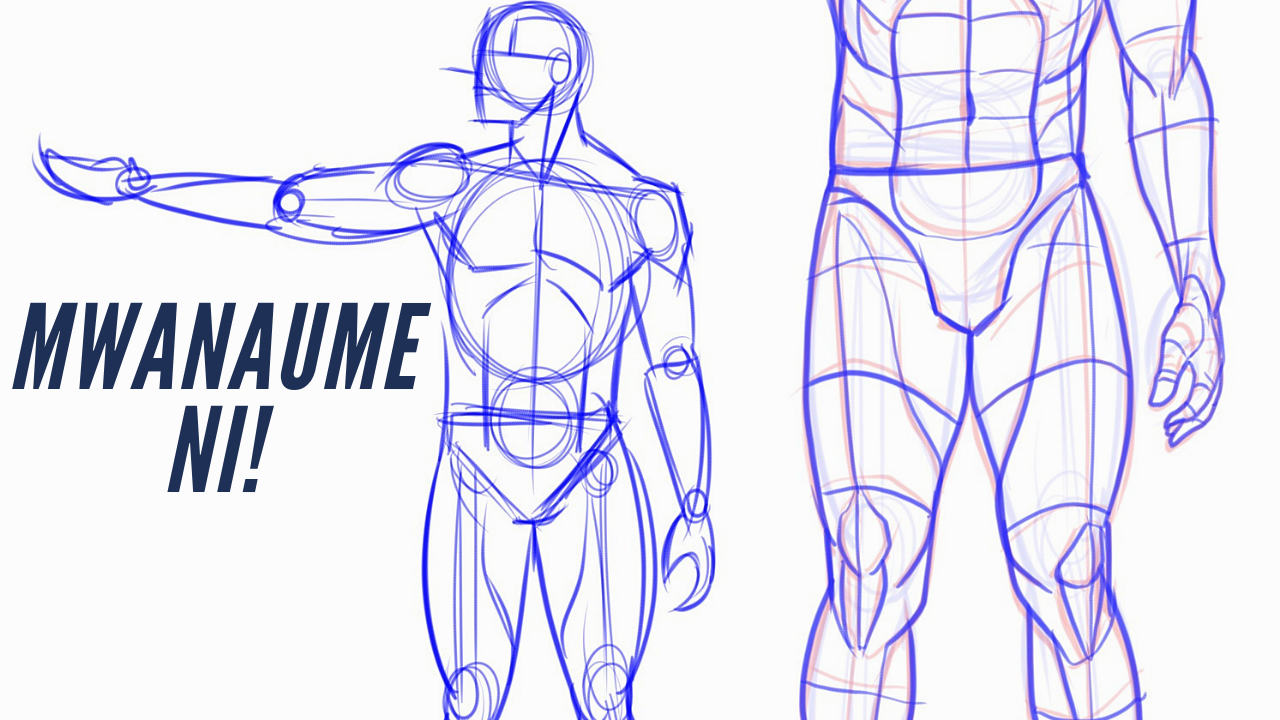What can we Learn about gender among the Luhya from the Kumufutu and Lunani indigenous trees? What do we learn about the revered archetypal man from Mulembe, the so called ‘omundu strong’!
Sinani Tree Teaches Us That A Man Is Only As Strong As His Networks
Sinani tree contrasts with contemporary perceptions on the nature of traditional masculine existence. Whereas the common notion is that omundu strong is a dominant, alpha, solitary creature with a spine to boot; the male sinani tree is an unyielding climber. In fact, in the linked article, our writer described sinani as ‘spineless’. On the other hand, the female lunani can stand on its own. Unlike the male sinani, it requires not the support of other plants.
This can be taken to mean that a man is only as strong as his networks and support. It thus possibly accounts for the existence of certain social structures among the Luhya. I think of societal pillars such as the council of elders.
Even more, this characterization of sinani might explain why an Omwami always had advisers to call upon. It might also explain why on important life events such as dowry payment or seeking the hand of a girl in marriage, a true omundu strong had to be accompanied by his peers.
Sinani Reminds Us That Omundu Strong Is A Protector Of The Home
Modern interpretations of the Christian roles of a man has the male figure in a home as the spiritual head of the house. This is to say the steadfastness of a man in his faith, not only serves as a guiding light to his family, but also is also protective from evil.
Surprisingly, Luhya people’s gendering of the sinani tree seems to agree with this view. Whereas, the female lunani finds use as a physical barrier around the home, the male sinani protects the home in more subtle ways. The sinani acts as a cloak of good just like the kumwimbwi tree.
The contrast here is clear: the tree gendered as male (sinani) embodies soft power. However the tree gendered as female, lunani, embodies brute physical power.
The Kumufutumwe Tree Teaches Us That An Omundu Strong Is Like Salt
That is to say, a man’s roles in the household might be limited, but they must be the most critical. Said other wise, your presence must be felt as that of salt in under-seasoned Nyam Chom. Where does all this come from? Well, from the gendering of the kumufutumwe (male) and kumufutu (female) tree.
It’s all about the fruit here, the male tree has smaller but sweeter fruit, while the female tree bears a larger, more succulent, less sweet but more aromatic fruit. Therefore, based purely on this gendering, omundu strong must be like the fruits of kumufutumwe – concentrated sweetness. In other words, more substance over hype like a true omwami.

